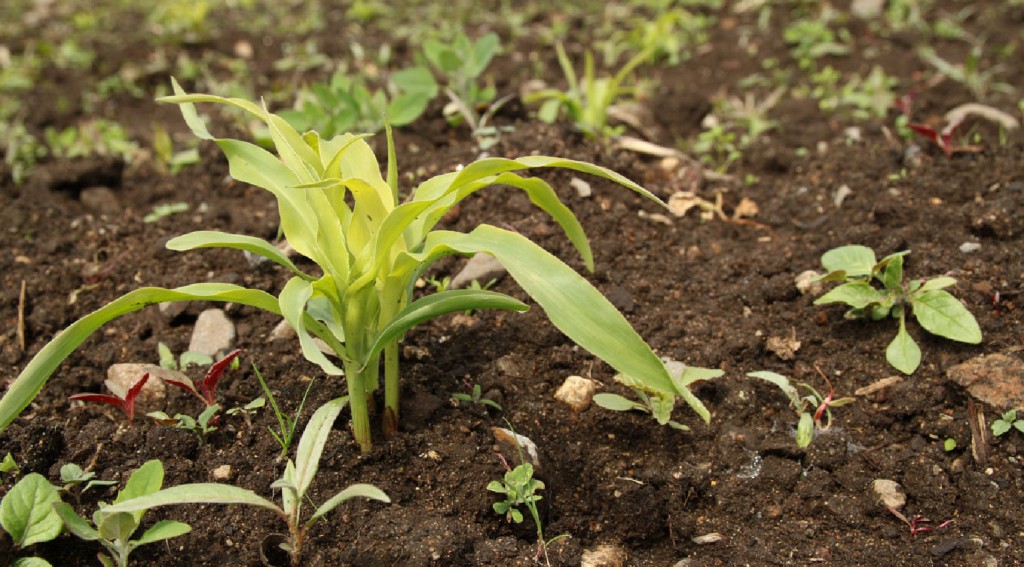Working in the field site, one of the first things I realized was that everyone has a migration story. Some of these stories of the participants and volunteers are recent, for example parents or grandparents that came to Vancouver from distant places, or students that traveled from neighbouring cities to study at the local university. But the fact is that in some part of our family’s history, a migration took place. I don’t know if our heritage as former hunter-gatherers is still present, but migration is always present as one of the strategies to respond to social and environmental pressures that push to change our identity (Adger 2006). In my experience at the UBC Farm, I learned about stories of migration shaped by strong social pressures, like war. Cases like this make it impossible to keep a way of life, and force people to move in order to find new places that could accommodate their identity – this is what happened with some of the participants from the Maya in Exile Garden, and why they came to live in Vancouver. But adapting to a new place wasn’t easy for them. Language and food were big barriers in their process of adaptation to Canada. Especially, food was so different that they considered the idea of returning to Guatemala. The people of the ‘Maya Garden’ struggled to feel comfortable in this new land until they could grow their own food. Once the corn, beans and squash grew, they felt ‘alive’ again. Actually, they told me that the corn follows them wherever they go. The Maya gardeners traveled a long way followed by the corn and seeds they used to plant in Guatemala. The roots they grew there could walk all the way to Canada. In this travel, all the places that the people and the corn visited changed a little bit their identity. As well, these places kept the seeds and influence from the visitors, representing a reciprocal influence and modification between the migrants and the places.
Talking with the participants and volunteers from my field site, I knew stories of migration that illustrate why the idea of ‘original roots’ is inadequate. Everything and everyone suffers changes caused by interaction of people and places, and these changes are constant through history. As Lisa Malkki said (1992), migrations shape people’s identity, so reducing identity to the idea of roots as an original starting point is denying people’s experiences and history. I imagine this phenomenon as roots that walk over the world, leaving their seeds everywhere they go; and the new roots that grow from these seeds make their own travel, determined by the history of its previous generations. This metaphor illustrates some aspect of immigration and helps to understand what the UBC Farm means for the Maya gardeners and their adaptation to Vancouver. This metaphor also talks about what happens with the future generations of the people currently working at the Farm and how identity transforms through time.
The conclusion is that everyone’s identity changes over time, shaped by the places visited. But this influence is reciprocal, because immigrants also influence the places where they arrive. A proof of this are the plants that still grow on UBC Farm from seeds planted by previous groups of immigrants that no longer work there. These plants represent the influence that immigrants from different parts of the world left on this land long time ago.
References
Adger, W. Neil
2006 Vulnerability. Global Environmental Change 16(3): 268–281.
Malkki, Liisa
1992 National Geographic: The Rooting of Peoples and the Territorialization of National Identity Among Scholars and Refugees. Cultural Anthropology 7(1): 24–44.

